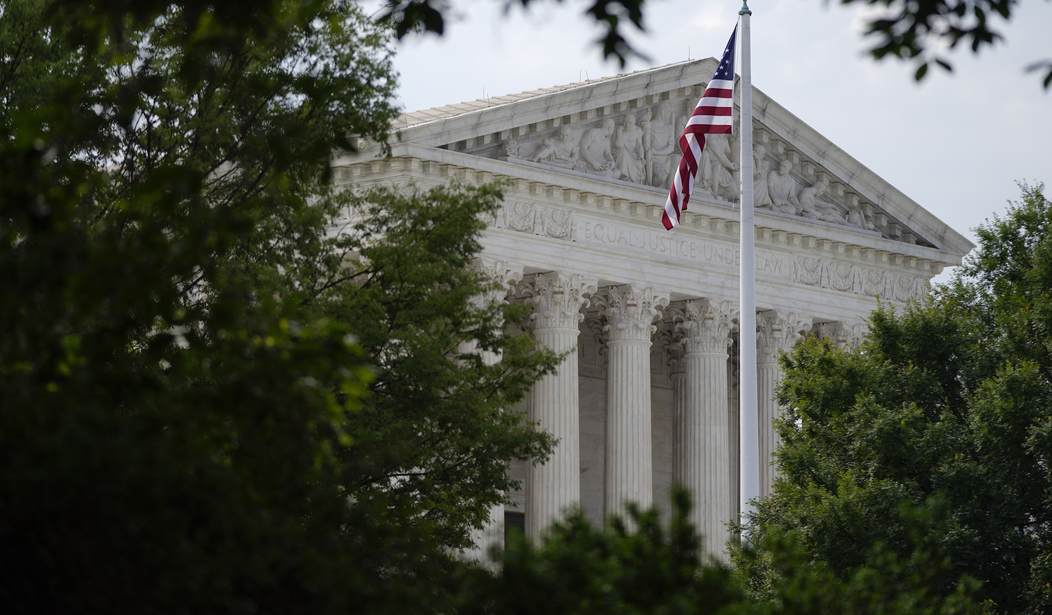Regulators have revised the rules for merger evaluation to fit their antiquated view of antitrust enforcement.
The Federal Trade Commission (FTC) and the Department of Justice (DOJ) recently issued the much-anticipated draft merger guidelines. The merger guidelines, which are intended to help businesses and courts understand when a proposed deal may raise antitrust concerns, demonstrate the Biden administration’s open hostility towards corporate dealmaking and represent a radical departure from previous iterations.
Since 1968, these guidelines have served as a touchstone for merger review. While not legally binding, the merger guidelines explain how the agencies will enforce antitrust laws. The draft version, if implemented, will replace the 2010 Horizontal Merger Guidelines and the 2020 Vertical Merger Guidelines, the latter of which was rescinded and criticized by the FTC’s Democratic majority for allegedly being “flawed [in its] discussion of purported procompetitive benefits.”
The document is centered around thirteen individual guidelines, any one of which is sufficient for the DOJ and FTC to challenge a transaction. A particularly egregious and open-ended guideline states that “mergers should not further a trend toward concentration.” This statement does not point to economic harm, but rather gives regulators sufficient leeway to use speculation — as they did with Meta’s acquisition of Within and the Microsoft-Activision deal. The final guideline is a “catch-all,” providing the two agencies with the grounds to challenge any deal, even if it does not run afoul of the preceding twelve statements.
The DOJ and FTC are unequivocally trying to prevent mergers, lowering the bar for what is considered presumptively illegal. The guidelines redefine thresholds, classifying more markets as concentrated while also stating that a market share of over 30 percent presents a threat of undue concentration. The goal, according to economist Brian Albrecht, is to “stop more mergers of every kind without regard for economic argument or recent law.”
Recommended
For the agencies, recent law is of no consequence. In a press statement, regulators emphasized that a core goal of their new enforcement manual is to “reflect the realities of the modern economy” and the “law as written by Congress and interpreted by the highest courts.” It is ironic, then, that the guidelines do not embrace modernity at all, relying instead on outdated case law and theories that have not been upheld by the courts. As identified by antitrust attorney Lindsey Edwards, the guidance intentionally “ignores decades of precedent” in order to challenge more mergers.
Regulators have chosen to cite cases predominantly from the 1960s and 1970s, a tumultuous period when judges adopted a “structuralist” approach that focused on market concentration over economic efficiencies. The sole post-2020 citation is NCAA v. Alston, which regulators mention to support their tenuous assertion that merger evaluation should include labor market harm. The most cited case in the guidelines is Brown Shoe Company, Inc. v. United States, an infamous ruling that determined a merger was anti-competitive, despite lowering consumer prices. As noted by Professor Herbert Hovenkamp, the Supreme Court has distanced itself from the Brown Shoe decision.
Since the draft guidelines are not faithful to antitrust as it has been enforced, interpreted, and understood for the past forty years, it is unknown how they will be received by the courts. Even if judges reject the agencies’ new policy, merger challenges are a costly and time-consuming endeavor that can, on its own, chill lawful business consolidation.
Rachel Chiu is a resident fellow for competition and regulatory policy at the Committee for Justice, a nonprofit organization that advocates for the rule of law and constitutionally limited government.
























Join the conversation as a VIP Member